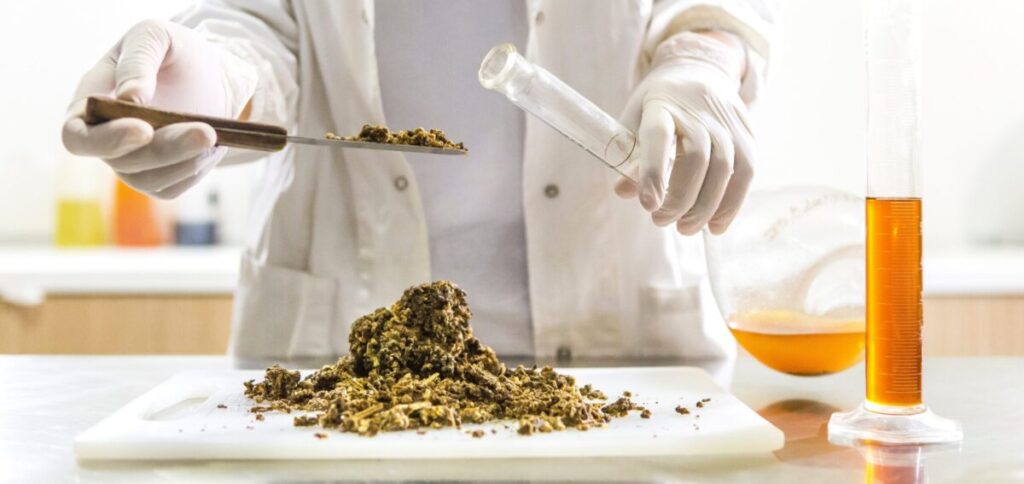Α prestigious UK publication recently asked Agroknow’s CEO – Nikos Manouselis, to contribute with an expert opinion. The New Business Magazine provides small and medium businesses with advice, reports and reviews on key areas of business.
There, he highlights the vital role that digital technology is playing in food safety and how data-driven tools can keep the whole process moving, in the midst of the pandemic. The original version of the article can be found here. In this post, we refer to (and reflect upon) some of the main arguments made.
It is clear by now that the COVID-19 pandemic has culminated in unprecedented stress on the food supply chain, from farm to fork. For instance, efficiency levels have been impacted due to social distancing and we also witness significant labor shortages due to illness or travel restrictions. This has led to widespread disruptions in an industry that has a complex web of actors.
I believe there is significantly more pressure now on the food industry to switch from reaction to prevention.

There is technology at hand that can help achieve this. But there is also a lot of hype around solutions (such as blockchain, artificial intelligence, and augmented reality) that still need to be proven at a very large scale.
Let’s take the example of one of the most important tools to assess risk across the supply chain: onsite audits. Due to travel or budget restrictions, food safety and quality assurance experts cannot perform the same number of onsite audits to critical production, manufacturing, or distribution sites. This has brought forward the need of utilizing digital technologies that can support remote audits – or at least more efficient risk assessment and ranking so that onsite audits take place where food risks may exist or appear.
There is no silver bullet to such a problem.
It is true that existing software tools can be used to better support the decisions that need to be taken. For instance, our food safety intelligence platform FOODAKAI: it helps food businesses to monitor food safety hazards (micro, chemical, physical, contact material) and food fraud issues in different food materials. The platform identifies risk level for each hazard type implementing a computational model that classifies risk to high, medium, or low based on the number of recalls and severity of the hazard that occurred in specific food materials.
This has proven to be a useful tool in the hands of our clients when assessing where and how they should be spending their food safety inspection or testing budgets.

Does our solution offer remote audit capabilities? No – at least, not yet. What it can realistically offer is a way to make better-informed decisions.
This is becoming more relevant (or even, more critical), in the time of COVID-19. It can save time for our clients, assist them in allocating wisely their resources, and help reduce the stress of having to deal with unexpected uncertainties.
The bottom line is this:
If today’s technology can help achieve at least these three goals, then it can deliver on its promise.
This is essential and required, in order to establish a solid ground for the disruptive innovations to come.
If you’d like to discover how FOODAKAI can help your Food Safety & Quality team prevent product recalls by monitoring & predicting risks, schedule a call with us!

